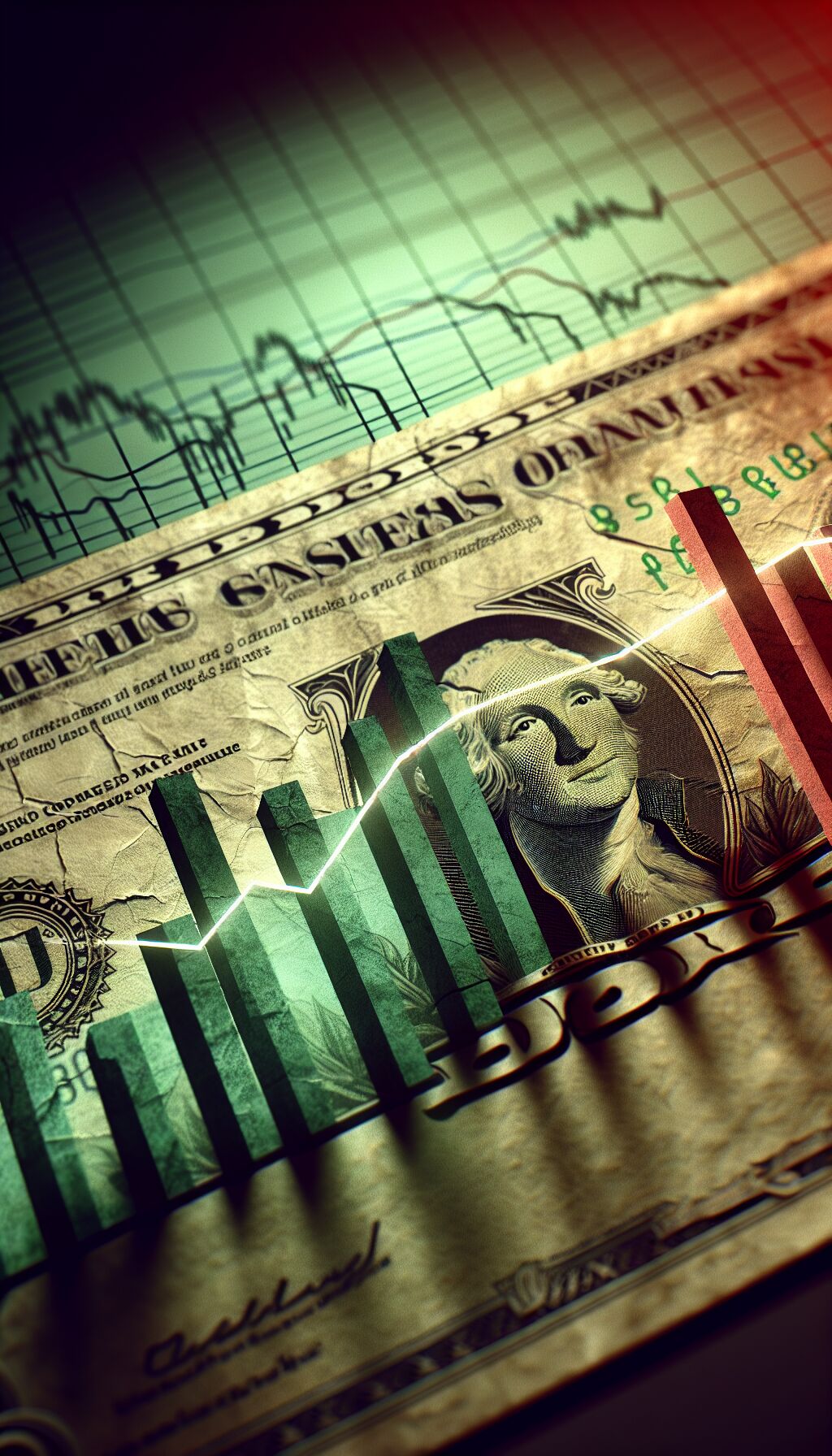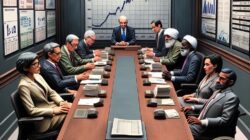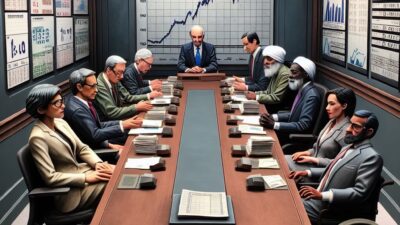Long-term US Government Borrowing Costs Surpass 5% for First Time in 18 Months
Date: [Insert Date Here]
Breaking the 5% Barrier
The financial landscape underwent a significant shift as long-term borrowing costs for the United States government exceeded the 5% mark for the first time in 18 months. This development has sent ripples through financial markets, prompting a reassessment of fiscal policies and economic forecasts. Though there was a pullback shortly after reaching this level, the moment signifies growing concerns regarding inflation and future interest rate policies.
The Implications of Rising Borrowing Costs
Rising borrowing costs can have far-reaching implications not just for the government but also for consumers and businesses. As the yield on the 10-year Treasury note surged past 5%, investors began to realign their portfolios, focusing on fixed-income securities, which tend to yield higher returns in such environments.
For the government, higher borrowing costs mean increased interest expenditures, straining budgets already burdened by mounting debt. The situation raises important questions about the sustainability of federal programs and the potential need for fiscal reforms.
Market Reactions
The reaction of the stock market was immediate and pronounced. Equities faced downward pressure as investors sought safety in Treasury bonds amidst uncertainty. Analysts suggest that the 5% threshold may alter the risk appetite of investors, causing a flight to safer assets as fears of prolonged inflation loom large.
Gold and commodities are also seeing a shift as the increased yield on government bonds often leads to decreased demand for non-yielding assets. Predictably, this has led commodity prices to experience fluctuations, reflecting the new interest rate environment.
Inflation Concerns and Monetary Policy
The critical factor behind these rising costs is the persistent inflation that has plagued the US economy. Federal Reserve officials have indicated the potential for continued interest rate hikes to combat inflation, which has remained stubbornly high despite prior efforts to rein it in.
Investors are closely monitoring the Fed’s guidance, as any signals of further increases could exacerbate borrowing costs, prompting a tightening of credit conditions across the economy. The balance between controlling inflation and fostering economic growth remains a delicate task for policymakers.
The Global Context
This spike in borrowing costs is part of a broader trend observed globally. Central banks in various countries have similarly increased interest rates to combat inflationary pressures, influenced by supply chain disruptions and rising energy costs. Investors worldwide are bracing for an era of higher borrowing rates, which could dampen global economic growth.
The interconnectedness of markets means that US Treasury yields often influence rates elsewhere. Thus, the recent increases in US borrowing costs could lead to similar reactions in other economies as investors adjust their risk assessments and portfolio allocations.
Future Outlook
Looking forward, economists are split on the long-term outlook for borrowing costs. Some argue that we could see a stabilization or a gradual decrease as inflationary pressures subside, while others warn of persistent high rates if the Fed adopts a more aggressive stance on interest rates.
The implications of these forecasts are extensive, with the potential to reshape investment strategies, government spending priorities, and consumer behavior. As consumers face higher borrowing costs, spending may retreat, affecting economic growth prospects.
Conclusion
The recent rise in long-term US government borrowing costs above 5% reflects complex economic realities. While immediate impacts have been felt in financial markets, the longer-term ramifications are still unfolding. Policymakers, investors, and consumers will need to navigate this evolving landscape, characterized by uncertainty and rising costs.
As the economy adapts to these changes, ongoing analysis will be critical in discerning the trajectory of interest rates and their implications for economic health.












